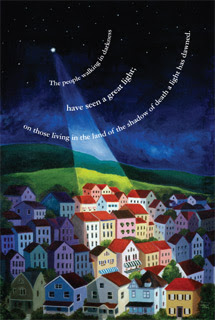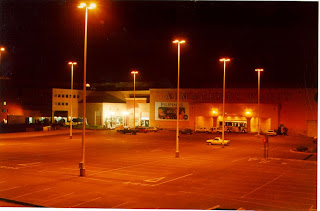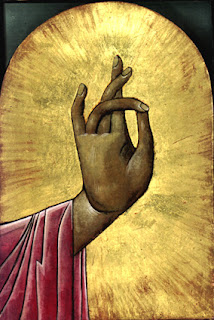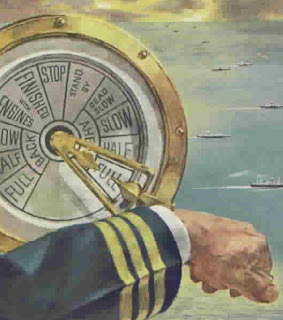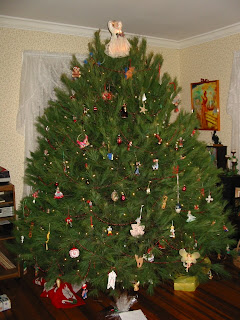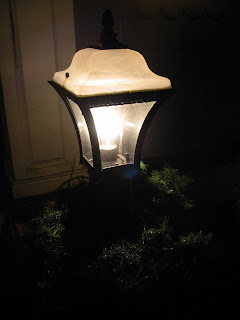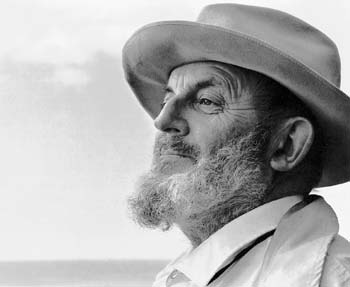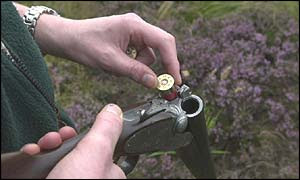
Yesterday, I accompanied a group of church members to see the new film,
The Nativity Story. I'd heard good things about this fresh retelling of a very old and beloved story, and I wasn't disappointed.
Unexpectedly, I found myself in tears at a few points: when Mary and her cousin, Elizabeth, recognize the wonder of two very special babies growing within them; when Joseph agrees to stand by his betrothed, despite the scandal of her seemingly illicit pregnancy; and, of course, at the birth itself. I don't usually cry in movies, but this one had me blubbering like a fool. (Well, maybe not blubbering, but as close to it as I typically get.)
Everything I've been taught in seminary about Bible study says this is not how to approach these ancient texts. Matthew's and Luke's nativity stories should not be harmonized into one, say the biblical-studies professors. These are two completely separate accounts, that by all rights ought to stand on their own. Matthew tells of wise men traveling from the east, and Luke of shepherds and angels. Matthew's more interested in Joseph's role, and Luke in Mary's. There's nothing in the Bible to justify the conventional Christmas-card tableau of shepherds and wise men all showing up at the same time, gazing in wonder at the babe in the manger – as a beaming star directs the world's attention to the scene, like some first-century shopping-mall spotlight (I wonder how Herod's soldiers could have missed
that)?

But that's what this film portrays. It's the iconic Christmas image, a celluloid version of the familiar Christmas creche, beautifully and sensitively re-created. I'm surprised by how powerfully these images still speak to me, even after years of objective, academic study.
My academic theological training says I should remain objective, analytical, unmoved by this ancient, holy drama.
Oh, stuff it, Inner Voice of Logic. It's my ticket, and I'll cry if I want to.I've been paging through a book a friend sent me, some months ago, that I've had on my to-do list for a while. Terri is a fellow pastor, and a cancer survivor. She found it helpful, during her own treatment.
In
Cancer As a Turning Point, psychologist Lawrence LeShan suggests that some cancers could be linked to personal frustration, resulting from a feeling of being blocked in one's vocational life. LeShan's theory is that this blocked feeling suppresses the immune system, making us susceptible to illness. LeShan's book is filled with anecdotes of patients who decide to chase long-deferred dreams, taking the advice of folklorist Joseph Campbell to "follow your bliss," and who get better.
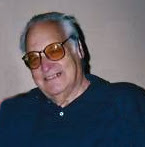 "A very large number of us grew up oriented toward what we should do rather than what we would enjoy doing; toward what we should want in our life rather than what we really want. Our actions are usually based on these ‘shoulds' rather than of the question of ‘what would fulfill me – what style of being, relating, creating would bring me to a life of zest?' This is the life, this life and the search for it, that mobilizes the immune system against cancer more than anything else we know today."
"A very large number of us grew up oriented toward what we should do rather than what we would enjoy doing; toward what we should want in our life rather than what we really want. Our actions are usually based on these ‘shoulds' rather than of the question of ‘what would fulfill me – what style of being, relating, creating would bring me to a life of zest?' This is the life, this life and the search for it, that mobilizes the immune system against cancer more than anything else we know today." - Lawrence LeShan,
Cancer As a Turning Point (Plume, 1994), pp. 62-63.
I sent the people out from worship yesterday morning with the charge to "follow the star" in this Advent season. I wonder what that means for me, as a cancer survivor?
My cancer is changing me – making me less inhibited about crying in movies, more drawn to expressive, creative activities, less patient with routine, administrative grunt-work. I feel much more likely, at this stage of my life, to set out, magi-like, questing after some beaming star, than to sit behind a desk, making sure every "i" is dotted and every "t" crossed. This means I've been dropping some balls, administratively speaking – not compulsively cleaning up so many messes around the church, tolerating a bit more chaos than usual. (I've found that many of these low-level problems eventually resolve themselves without me.)
Maybe that's my spiritual growing edge, these days.
Today, I should be paying bills. I think I may hang Christmas lights, instead.

 Today, riffling through a pile of accumulated mail, I come upon a terse letter from someone who works for the Board of Pensions of the Presbyterian Church (U.S.A.). It reads as follows:
Today, riffling through a pile of accumulated mail, I come upon a terse letter from someone who works for the Board of Pensions of the Presbyterian Church (U.S.A.). It reads as follows: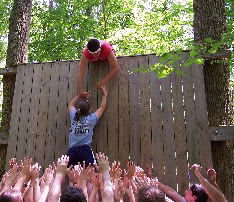
 The teenage driver laid out in the casket in the funeral home is obviously so much more than a statistic. The teary-eyed family members – eager to reminisce, as though spinning tales would bring their loved one back to life – know that very well. Yet, to some anonymous actuary running his or her finger down a long column of numbers, that makes little difference. Do the numbers breathe? Do they laugh? Do they cry?
The teenage driver laid out in the casket in the funeral home is obviously so much more than a statistic. The teary-eyed family members – eager to reminisce, as though spinning tales would bring their loved one back to life – know that very well. Yet, to some anonymous actuary running his or her finger down a long column of numbers, that makes little difference. Do the numbers breathe? Do they laugh? Do they cry?
